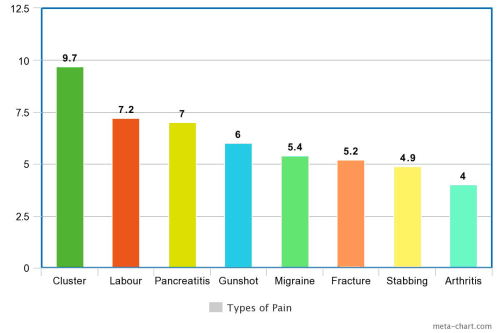Cluster Headache Often Starts Early
A recent study of cluster headache patients around the world shows that early onset cluster is more common than previously thought.

Typically, cluster headache symptoms start between the ages of 20 and 40. At least, that’s been the common belief. But are we missing a significant number of patients who actually get cluster earlier?
A presentation at the 61st Annual Scientific Meeting of the American Headache Society in 2019 shows that the answer may be yes. Although a typically starting in the late 20s, 22% of respondents reported “pediatric onset”, most of these experiencing their first attack during the teenage years (although a significant number did report their first attack in childhood).
This is very important, because cluster is often misdiagnosed. Catching it earlier can certainly lead to a significant improvement in quality of life in the future. In my opinion, it is especially important to improve that quality of life early – not just because there are more potential years of cluster, but because childhood and teenage years are so formative for your future life.
Another interesting aspect of this study is the estimated level of pain. Now some migraine sufferers may actually balk at the fact that migraine comes so far down the list. Yes, many women have reported that migraine pain is worse than childbirth. However, it’s important to remember that migraine may include mild headache, though typically moderate to severe.
So we’re talking about averages. An individual migraine attack may indeed be worse than labour pains. But on average, it’s not. And there is no doubt that the average pain of a cluster headache is worse than the average pain of a migraine headache.
In fact, cluster is one of the worst kinds of pain, as shown on the chart below, based on the study.

You can view the study for yourself in pdf format here: Cluster Headache Is One of the Most Painful Human Conditions: Epidemiology of Cluster Headache and Probable Cluster Headache from a Large International Sample.
